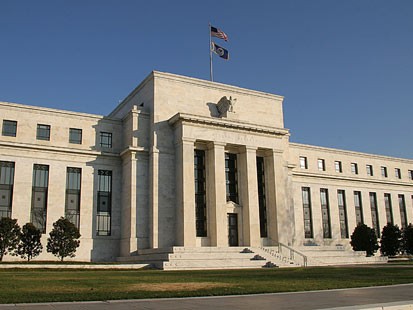
As Federal Reserve ends meeting, many expect bold action to boost economy, cut unemployment
WASHINGTON – The Federal Reserve ends a two-day meeting Thursday with expectations high for some new action to jolt the lacklustre U.S. economy.
Many investors hope the central bank will take the bold step of launching a third bond-buying program. The goal would be to try to lower long-term interest rates and spur borrowing and spending.
Further bond purchases could also boost stock prices, which would increase wealth and typically lead individuals and businesses to spend more.
U.S. stocks opened slightly higher Thursday in anticipation of the Fed announcement.
Some economists think the Fed might put off any new bond buying but extend its timetable for any increase in its benchmark short-term rate. The Fed’s current target for any rate increase is late 2014 at the earliest.
Fed officials began their discussions Wednesday and will conclude with an announcement Thursday afternoon. The Fed will later release updated projections for economic growth, unemployment and inflation. Chairman Ben Bernanke also will hold a news conference.
The Fed is under pressure to act because the U.S. economy is still growing too slowly to reduce high unemployment. The unemployment rate has topped 8 per cent every month since the Great Recession officially ended more than three years ago.
In August, job growth slowed sharply. The unemployment rate fell to 8.1 per cent from 8.3 per cent, but that was because many Americans stopped looking for work, so they were no longer counted as unemployed.
Still, the Fed might feel a bit less pressure to act now that the European Central Bank has said it’s prepared to buy unlimited amounts of government bonds. The ECB program could help lower borrowing costs for European nations struggling with heavy debts.
Others analysts think the Fed might be reluctant to launch further bond buying in the final two months before the presidential election, especially because many Republicans have been critical of its bond purchases.
Here are some of the options for Fed action:
— BOND BUYING
The biggest step would be a third round of bond purchases. In two previous bond-buying programs, the Fed bought more than $2 trillion of Treasurys and mortgage-backed securities after the 2008 financial crisis.
In a speech last month, Bernanke cited research showing that the bond purchases had created 2 million jobs and accelerated economic growth. Still, he said persistently weak hiring remains “a grave concern” that inflicts “enormous suffering.”
This time, any new bond-purchase program might be open-ended. Three regional Fed bank presidents have expressed openness to a program in which the Fed would buy bonds until the economy improved significantly and unemployment fell consistently — as long as inflation remained tame.
None of those officials now have a vote on the Fed’s policy committee. But they take part in the committee discussions that would allow them to push the idea.
Skeptics caution that further bond buying might provide little benefit because rates are already near record lows. Some critics also warn that more bond purchases raise the risk of higher inflation later.
— INTEREST-RATE TIMETABLE
The Fed has kept its benchmark rate at a record low near zero since December 2008. In January, it said it planned to hold rates down at least through late 2014.
The Fed could extend its timetable by six months, a sign that it expects the economy to stay weak for three more years. The idea would be to force down borrowing rates by assuring investors that short-term rates will likely stay super-low even longer than previously thought.
— RESERVE INTEREST
The Fed has discussed the possibility of trimming the scant 0.25 per cent interest it pays banks on their excess reserves. If banks earned less interest on this money, they might be more inclined to step up lending. But the minutes of the Fed’s last policy meeting indicated that only “a couple” of officials favoured this move.
— UNEMPLOYMENT PEG
One other possibility that appears under discussion would be linking the Fed’s decisions on rate increases to the unemployment rate or some other gauge of economic health. Charles Evans, head of the Federal Reserve Bank of Chicago, has said the Fed should consider pledging to keep rates at record lows until the unemployment rate drops to 7 per cent as long as inflation stays low.
Join the Conversation!
Want to share your thoughts, add context, or connect with others in your community? Create a free account to comment on stories, ask questions, and join meaningful discussions on our new site.













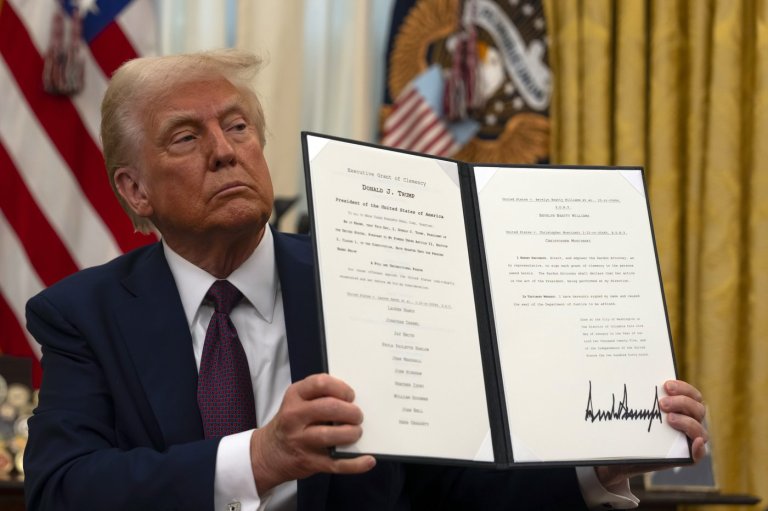
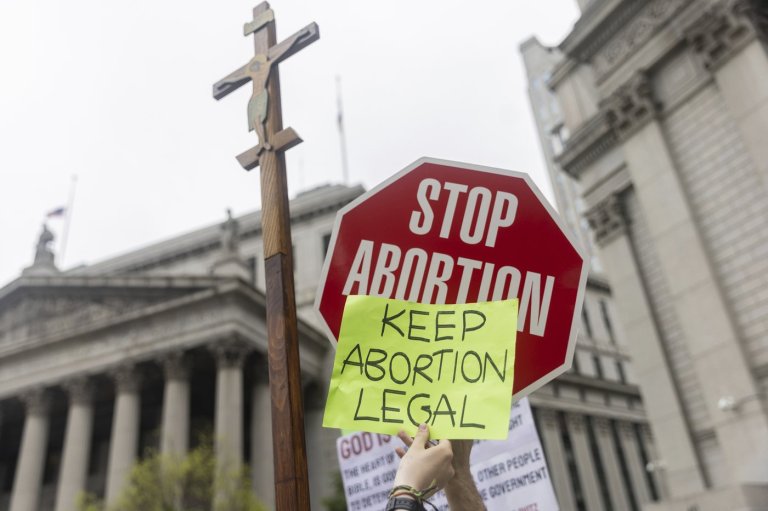
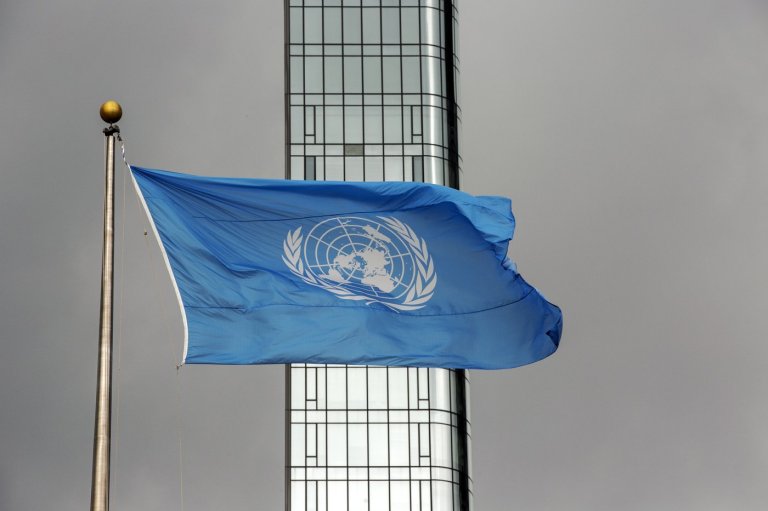


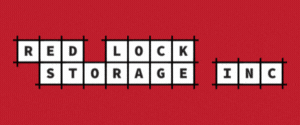
Leave a Reply
You must be logged in to post a comment.